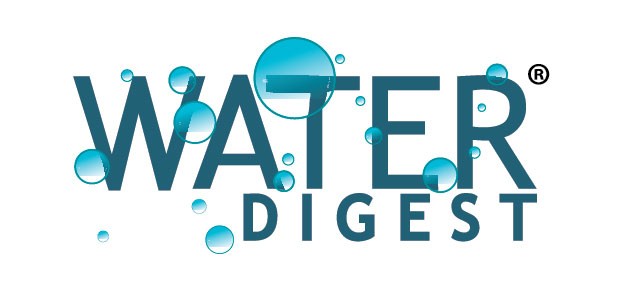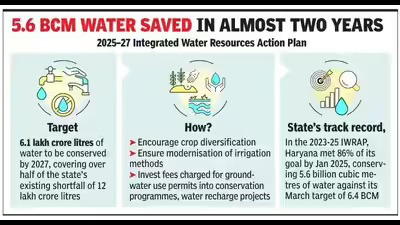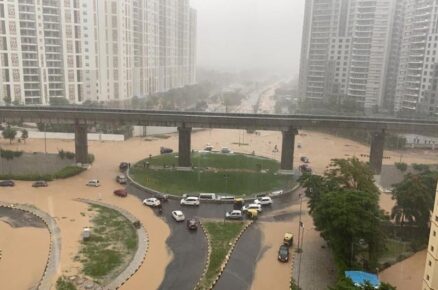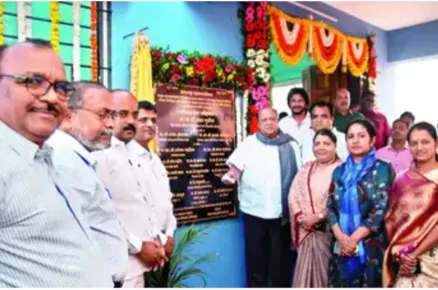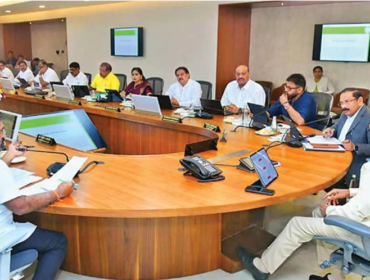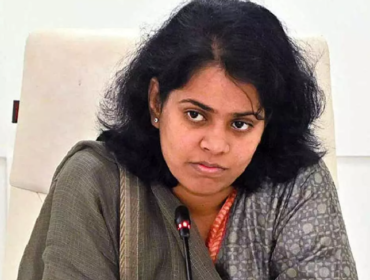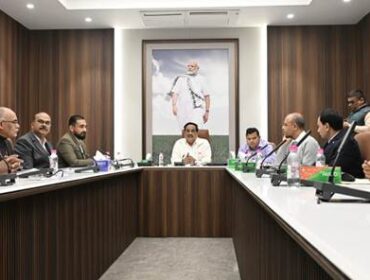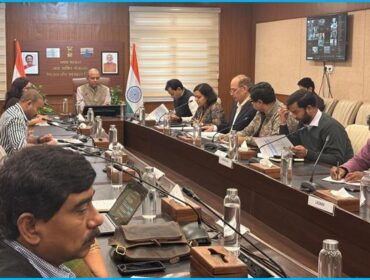Haryana is close to meeting its water conservation targets for 2023-25 and has now unveiled an ambitious plan for the next two years, aiming to save 6 lakh crore litres of water by 2027. Officials said on Friday that achieving this goal would address nearly half of the state’s current water deficit, estimated at 12 lakh crore litres.
The state’s new Integrated Water Resources Action Plan (IWRAP) 2025-27 will rely on a mix of regulatory measures and targeted interventions. Unlike the previous phase (IWRAP 2023-25), the new plan places stronger emphasis on funding mechanisms and granular block-level data.
At the heart of the initiative is a principle that those extracting groundwater must contribute back to the system. Between March and August this year, the Haryana Water Resources Authority (HWRA) issued 7,157 no-objection certificates (NOCs) for groundwater use, generating ₹278 crore in fees. Nearly ₹100 crore of this was channelled into conservation efforts, including the installation of 237 rooftop rainwater harvesting systems in schools and large-scale recharge projects.
“We are moving from pilot projects to wide-scale adoption, using financial instruments to reinvest directly into conservation,” said Smt. Keshni Anand Arora, HWRA chairperson and former chief secretary. Under the state’s regulatory framework, industries, institutions and commercial establishments must obtain HWRA approval before extracting groundwater. Permissions cap extraction levels and levy usage-based fees, which are ringfenced for conservation initiatives.
Officials noted that results from the previous plan have been encouraging. By January this year, IWRAP 2023–25 had conserved nearly 5.6 billion cubic metres (BCM) of water – 86% of its March 2025 target of 6.4 BCM. Agricultural interventions, such as crop diversification and direct seeding, accounted for the largest share at 3.78 BCM, followed by irrigation modernisation with 0.6 BCM. Data from the Central Ground Water Board also indicated an 11% improvement in groundwater recharge across the state over the past year.
Nevertheless, significant challenges persist. More than 1,900 villages remain under severe groundwater stress, with water tables deeper than 30 metres, while a further 1,093 villages are moderately stressed with depths of 20-30 metres. Experts caution that the cultivation of water-intensive crops like paddy, especially in areas with limited recharge, continues to put pressure on aquifers.
“Robust datasets are crucial for informed decision-making. Strategies such as scaling up micro-irrigation and crop diversification show promise, but their success will hinge on strict enforcement of groundwater regulations and comprehensive capacity-building programmes,” said Nitin Bassi, Senior Programme Lead at the Council on Energy, Environment and Water (CEEW).
Source & Image: http://bit.ly/4mmyvxV
